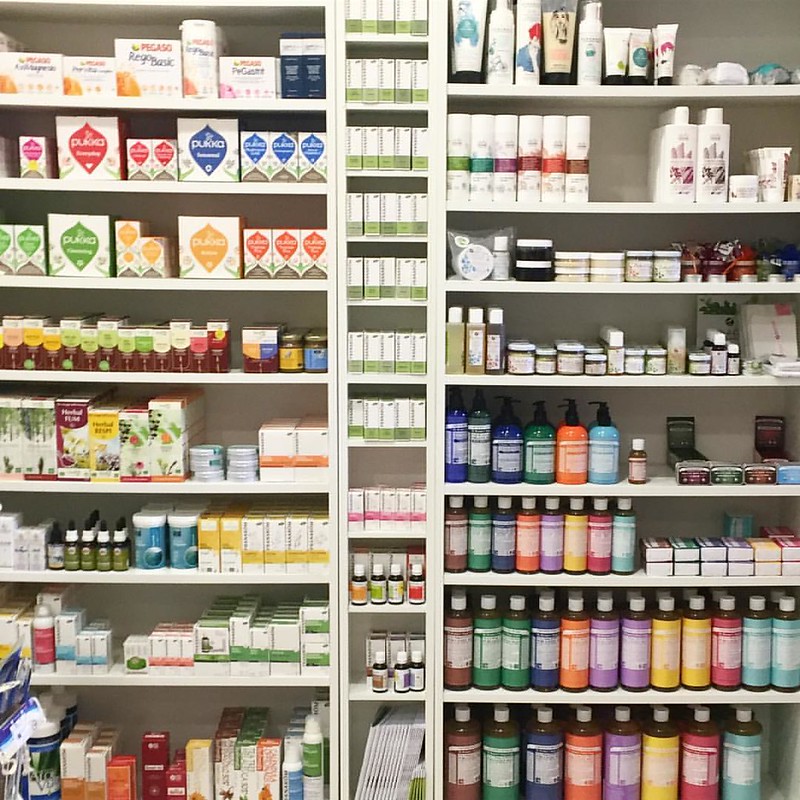|
In this post, we will be diving into how to read ingredients lists. So, you can understand what you are buying. We will go step-by-step to understand what is going on behind those long and sometimes complex words. Let's get into it! In recent years, consumers have been more adamant about looking at the ingredients labels of their cosmetic products. While I definitely encourage you to read them, they do not tell you as much as you think.
First, We need to go other the key concepts of cosmetic labels.
What are the things labels should not have?
How can you improve reading labels or better understand them? I recommend learning even the basics of formulating and ingredients. For example, know when you are looking at a w/o emulsion or an o/w emulsions. I have a post on this, and it is in the Cosmetic Dictionary on the diamond level blog. I also have two posts on breaking down the ingredients that are in skincare and makeup products. That post will give you an idea of the types of ingredients in your products. If you want to know more about ingredients, I have a section called my Ingredients Guide. I give a description, the INCI(s), the benefits it has, how to use it in a formulation, and the applications that the ingredient can be in. I also recommend that you look at free supplier information, I have a whole section on the blog of suppliers. It comes down to you needing to have some cosmetics knowledge to be able to read them. What can we not see in an ingredient list? People tend not to realize that there is a science dedicated to the cosmetic formulation. To the average consumer, the ingredients list only gives a small part of the picture. Ingredients in different concentrations will have a different effect on the formula is just one example of this. Xanthan Gum, for instance. A low grade can be quite stringy, sticky, or even snot-like when formulated above 0.5%. However, there is an exception. Higher grades can be formulated to 1% with some stringiness but no tack. The truth is that they have the same INCI name. So, what exactly affects the formula that we can't see? •Concentration: The exact concentration of the ingredient, unless they make a concentration claim. Again that only gives you a picture for some of the ingredients. •The quality of the ingredient: I have a whole separate post in this on the diamond level blog about this topic. • Method: Some ingredients require shear to work; others don't. It depends on the ingredient. Shear is mixing. Another example is extracts in lip balms. Extracts should be in the cool-down phase, but in a lip balm, you have to account for its setting point or where the product becomes solid. This heat degrades the extract. •Chemistry: certain ingredients, when mixed, create a different effect. For example, when you add salt to a surfactant formulation, it increases the viscosity. •pH: Some ingredients need to have a certain pH to be active. Most companies do not mention it, but it is something to consider. For example, Niacinamide should be around 6.
I hope that this post gave you more insight into the ingredients list of formulas and what they tell you about a formulation.  This work is licensed under a Creative Commons Attribution-NonCommercial-ShareAlike 4.0 International License.
0 Comments
Leave a Reply. |
Disclaimer!You are at your own risk when making anything from this blog. I am not liable for any mishaps that may occur. I do my best to include everything in the procedure so, that accident are less likely occur! Archives
June 2024
Categories
All
|

 RSS Feed
RSS Feed